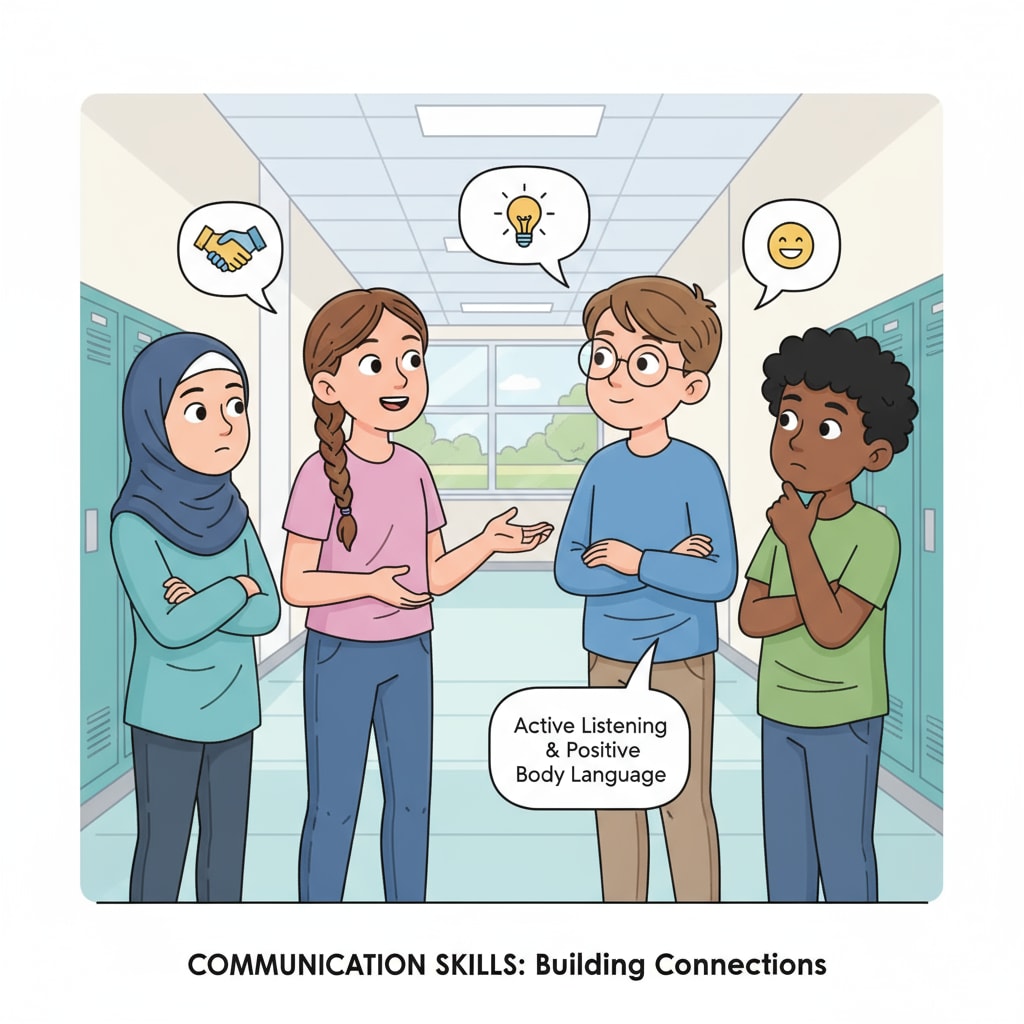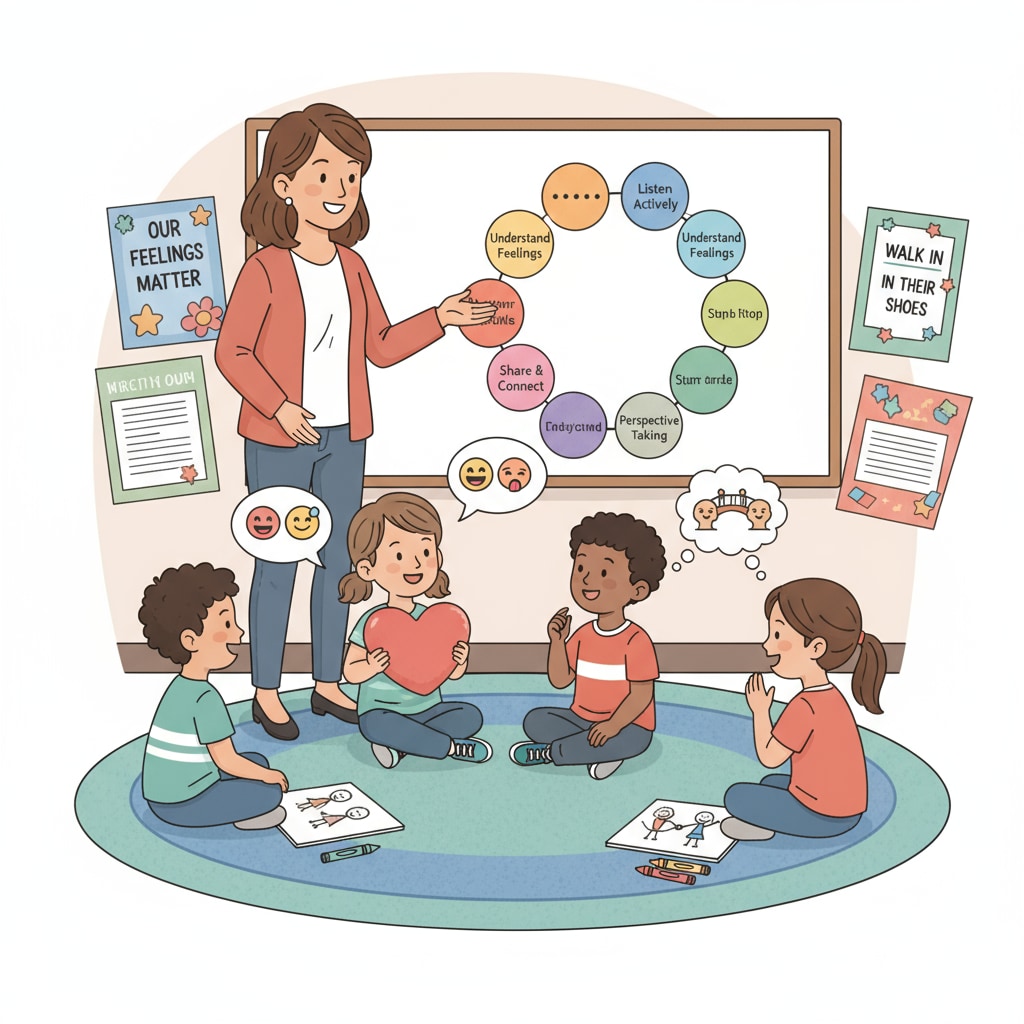Communication skills, dialogue, and active listening are crucial components in the development of K12 students. In the realm of K12 education, communication is not merely about speaking; it encompasses a wide spectrum of abilities that shape students’ social, academic, and future professional lives.

The Multifaceted Nature of Communication Skills
Communication skills extend far beyond basic verbal expression. At the most fundamental level, there is one-way communication, which involves simply conveying information from a sender to a receiver. However, true communication proficiency in K12 education goes deeper. It includes the development of empathy, the ability to understand and share the feelings of others. According to American Psychological Association’s research on empathy, empathetic communication helps students build stronger relationships, both in and out of the classroom. For example, when a student listens empathetically to a peer’s problem, it not only shows care but also helps in finding solutions together.

The Power of Dialogue
Dialogue is the heart of effective communication. In K12 settings, it encourages students to exchange ideas, perspectives, and experiences. Through dialogue, students learn to express their thoughts clearly and understand the viewpoints of others. This back-and-forth interaction is essential for critical thinking development. For instance, in a classroom discussion about a historical event, students can present different interpretations, challenging each other’s assumptions. As a result, they gain a more comprehensive understanding of the topic. Moreover, dialogue helps in improving language skills, as students are exposed to a variety of vocabulary and sentence structures.
The Art of Active Listening
Active listening is a key aspect of communication skills. It involves not just hearing the words but also understanding the underlying emotions and intentions. In a K12 classroom, educators can teach students active listening techniques such as maintaining eye contact, nodding to show understanding, and asking clarifying questions. According to Verywell Mind’s guide on active listening, active listening enhances relationships and reduces misunderstandings. When students practice active listening, they are more likely to retain information and build mutual respect with their peers and teachers.
In conclusion, communication skills, dialogue, and active listening are integral to K12 students’ growth. Educators play a vital role in cultivating these skills through various teaching methods and activities. By focusing on these aspects, we can prepare students for a future where effective communication is the cornerstone of success. Readability guidance: This article uses short paragraphs to present ideas clearly. Each main section focuses on a key aspect of communication skills. The use of examples and external links provides more in-depth understanding. Transition words like ‘however’, ‘for example’, and ‘as a result’ are used to make the flow smooth.


